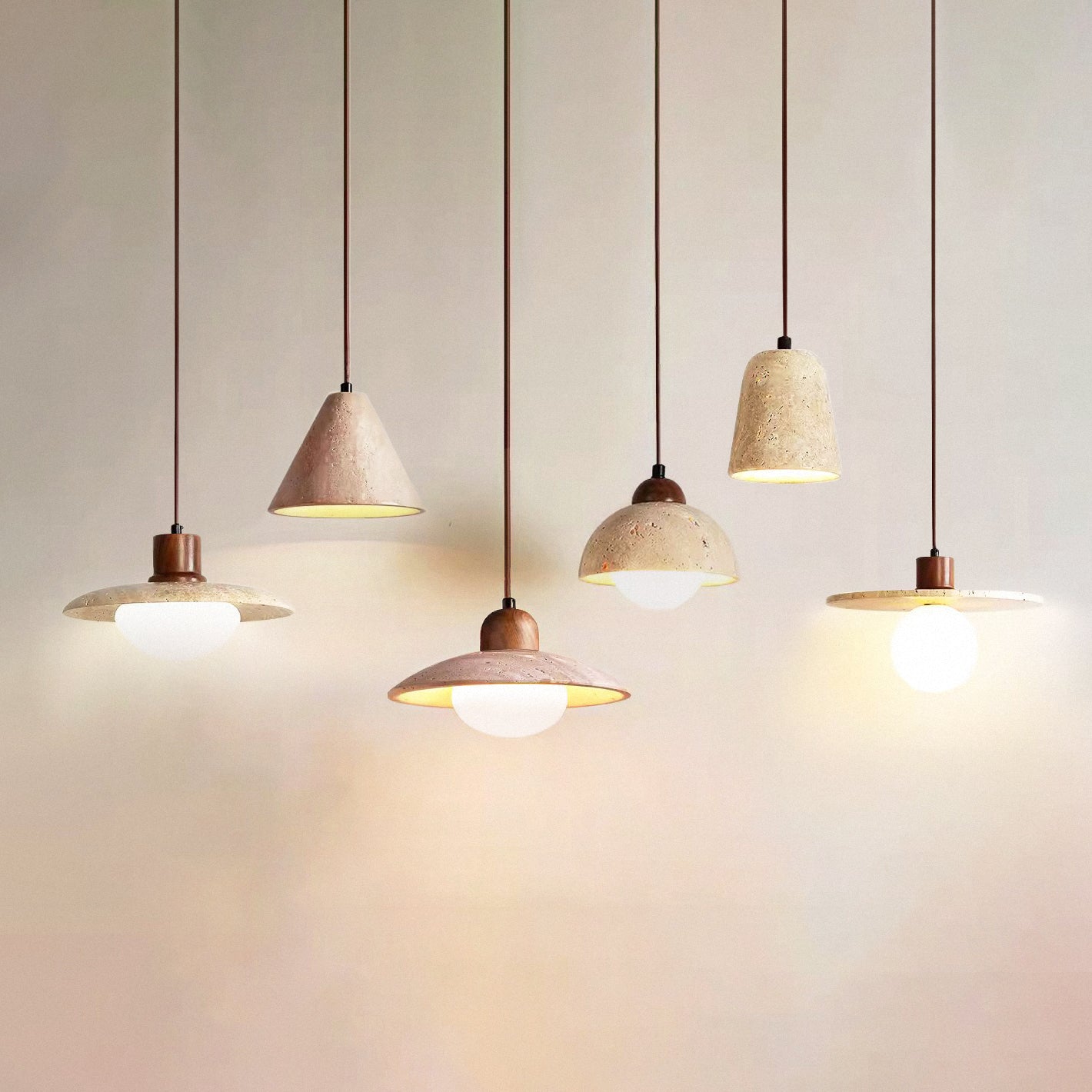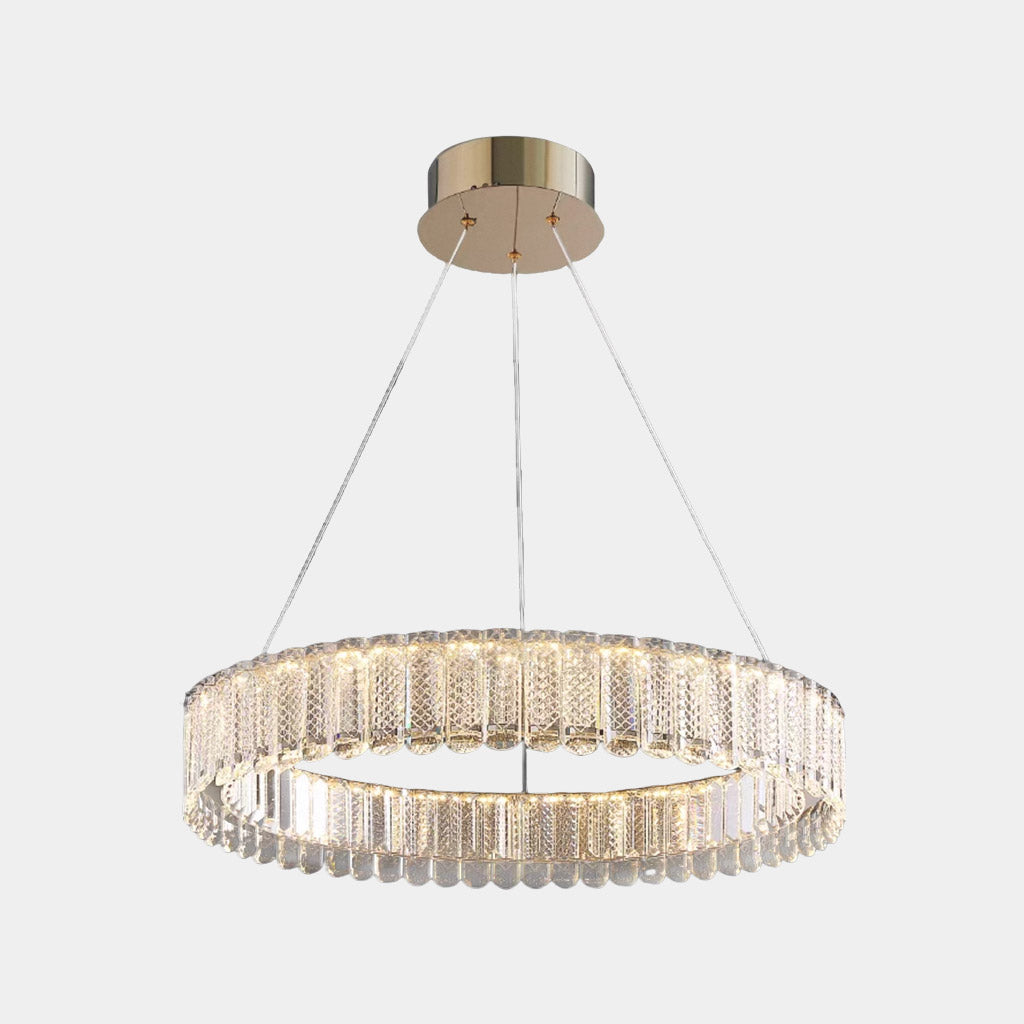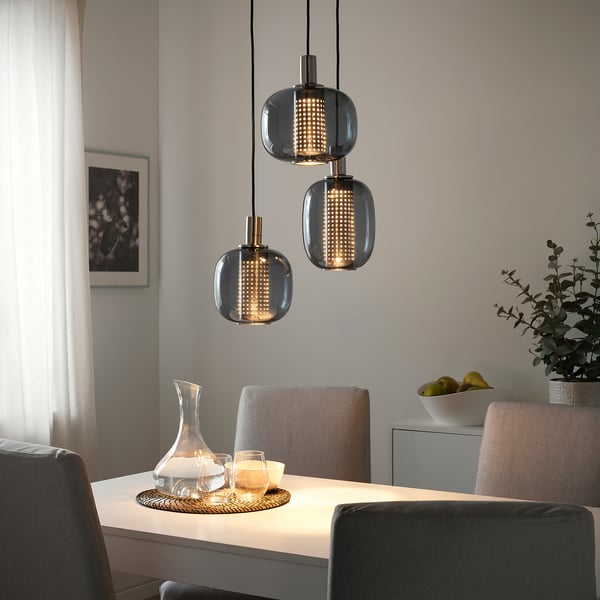Exactly how to Select the Perfect Pendant Light to Improve Your Inside Design
Choosing the best Pendant light calls for cautious factor to consider of various components. The design ought to line up with the overall decoration, while dimension plays an important duty in making certain proper proportion. Color and surface choices can boost visual allure. In addition, reviewing light output is necessary for performance - Pendant Light. Comprehending these facets can transform a room, creating an inviting atmosphere. Yet, the process entails even more than simply looks; there are practicalities that need to also be dealt with

Comprehending Different Pendant Light Styles
Pendant lights are available in a selection of designs, each offering one-of-a-kind aesthetic and practical benefits. From commercial layouts that include revealed light bulbs and steel surfaces to sophisticated glass components that stimulate a feeling of class, the alternatives are vast. Contemporary Pendant lights typically emphasize minimal shapes and clean lines, while vintage-inspired styles may incorporate detailed describing and warm tones.
For those seeking a rustic beauty, fixtures made from all-natural materials like wood or rattan supply a comfortable feeling. Furthermore, multi-light necklaces can work as declaration pieces, integrating several light bulbs in a single style for dramatic result.
Each design adds in different ways to an area, affecting the total atmosphere and personality. Understanding these diverse Pendant light designs allows house owners and designers to make educated selections that straighten with their interior decoration vision, enhancing both functionality and aesthetic allure in their atmospheres.
Figuring Out the Right Size for Your Room
When picking a pendant light, accurately determining the ceiling height is necessary for achieving the ideal balance in a space. Additionally, computing the range of the component in relation to the surrounding area warranties that the light complements as opposed to bewilders the design. These elements play a crucial role in developing a harmonious indoor atmosphere.
Measure Ceiling Height
To accomplish an aesthetically pleasing layout, determining ceiling height is vital for choosing the suitable dimension of Pendant light. The height of the ceiling straight affects the range and proportion of the lights fixture. In areas with basic eight-foot ceilings, Pendant lights ought to usually spend time 30 to 36 inches over the surface below, such as a table or cooking area island. For higher ceilings, modifications have to be made accordingly, as a higher installation can develop an extra significant effect. It is essential to review the overall space dimensions and design when determining the ideal elevation. Exact dimensions help ensure that the Pendant light not only complements the area's style yet additionally provides sufficient illumination without overwhelming the room.
Calculate Fixture Scale
Picking the appropriate dimension for a lighting fixture is crucial for developing consistency in an area's style. To compute fixture range, one should take into consideration the measurements of the space. An usual guideline involves adding the area's length and width in feet, which gives a perfect diameter in inches for a necklace light. For instance, a space measuring 10 feet by 12 feet recommends a component size of around 22 inches. In addition, the elevation of the ceiling plays a vital role; taller ceilings might accommodate larger components. Ensuring the Pendant hangs at a suitable elevation-- usually 30 to 36 inches over surfaces-- more enhances performance and aesthetic appeal. Appropriately scaled components can change a space, making it feel welcoming and well-coordinated.
Taking Into Consideration Shade and End Up Options
When picking a necklace light, the interaction of shade and surface can substantially impact the total aesthetic of a room. Working with the light's shade combination with existing design assures an unified layout, while the choice of finish material can boost texture and style. Thoughtful consideration of these components is important for accomplishing a natural appearance in interior decoration.
Color Combination Coordination
Shade palette sychronisation plays a necessary function in achieving an unified interior design, specifically when selecting pendant lights. Picking a pendant light that enhances the existing shade scheme enhances the overall aesthetic. As an example, a light with cozy tones can develop a relaxing environment in an area full of earthy tones, while cooler tones may integrate efficiently with a modern, minimal scheme. It is important to consider the leading shades in the room, making certain that the Pendant light either blends perfectly or gives a striking contrast. In addition, integrating accent shades from the palette can connect the style with each other, producing a cohesive appearance. Ultimately, thoughtful shade coordination raises the aesthetic influence of the Pendant light within the interior decoration scheme.
End Up Product Considerations

The option of finish products for Pendant lights significantly affects the overall style aesthetic of a space. Various coatings, such as matte, glossy, or distinctive, can produce varying aesthetic influences. For example, a sleek metal finish might evoke a contemporary, commercial ambience, while a matte or brushed coating can lend a softer, extra organic feeling. Shade options, ranging from classic blacks and whites to dynamic tones, additionally play a necessary role in balancing with existing design. In addition, products such as glass, wood, or ceramic can enhance the Pendant's personality and complement surrounding elements. Eventually, choosing the right coating product discover here guarantees the Pendant light not only brightens however additionally enhances the room's design story.
Assessing Light Output and Functionality
Light output and functionality are basic consider selecting the excellent Pendant light for any type of room. Examining the brightness of a pendant light involves understanding lumens, which gauge the total light emitted. A greater lumen matter normally shows a brighter light, vital for jobs such as reading or cooking. In addition, the color temperature level, determined in Kelvin, impacts the atmosphere; warmer tones produce a comfy atmosphere, while cooler tones advertise alertness.
Functionality expands past brightness to consist of the component's style and placement. Adjustable necklaces can provide versatile lights for various tasks, while dealt with choices add a statement to the style. Additionally, considering the height at which the Pendant will hang is essential, as it influences both light distribution and safety and security. Ultimately, a well-assessed light outcome and performance will certainly guarantee that the selected Pendant light satisfies both visual and sensible demands in the desired area.
Matching Pendant Lights With Your Inside Style Theme
How can one ensure that Pendant lights improve the total indoor design theme of an area? The key hinge on choosing fixtures that reverberate with the established aesthetic. For example, in a minimal setup, smooth and simple designs in neutral colors can produce a cohesive look. On the other hand, a vintage-themed area might profit from luxuriant Pendant lights, including intricate designs or warm tones that stimulate fond memories.
Additionally, taking into consideration the material and surface of the Pendant light is necessary. Metals like brass or copper can include a touch of beauty to a modern space, while timber aspects might enhance rustic interiors.
Color consistency also plays a substantial function; selecting tones that line up with the room's scheme warranties that the lighting feels integrated instead of out of place. Inevitably, the best Pendant lights must not only brighten but also offer as a stylistic expansion of the overall style, enhancing the atmosphere and character of the space.
Setup and Placement Tips for Maximum Impact

In bigger areas, think about utilizing larger necklaces or collections to stop them from really feeling shed in the space. For an open-concept format, lining up the pendants with other layout aspects, like countertops or furniture lines, fosters cohesion. In addition, dimmer buttons can boost adaptability, enabling flexible ambiance. Ultimately, thoughtful setup and placement of Pendant lights can change the appearances and capability of any kind of interior decoration.
Regularly Asked Concerns
What Are the most effective Materials for Pendant Lighting?
The ideal materials for Pendant lights include glass for sophistication, steel for durability, and textile for heat. Each product uses unique appearances, enabling designers to develop functional lighting options that boost numerous interior styles and ambiences.
How Do I Keep and Tidy Pendant Lighting?
Preserving and cleaning pendant lights entails routine cleaning, using a moist fabric for surface areas, and employing gentle cleaners for glass elements. Normal look for loose installations ensure safety and lengthen the life-span of the fixtures.

Can Pendant Lighting Be Dimmable?
The inquiry of whether Pendant lights can be dimmable is pertinent for several. Different versions offer dimmable Extra resources attributes, enabling individuals to readjust brightness, boosting atmosphere and capability. Compatibility with dimmer buttons is essential for peak performance.
What Is the Lifespan of Common Pendant Light Bulbs?
The lifespan of regular Pendant light bulbs varies considerably. Incandescent light bulbs last regarding 1,000 hours, while small fluorescent lamps (CFLs) can last 7,000 to 15,000 hours. LED bulbs provide the longest lifespan, rising to 25,000 hours or more.
Are Pendant Lighting Suitable for Outdoor Use?
Pendant lights can be ideal for outside usage, but they need to be particularly created for such settings. Weather-resistant materials and appropriate installment click to investigate are necessary to ensure resilience and safety against elements like moisture and wind.
Shade palette sychronisation plays a crucial function in accomplishing a harmonious interior design, specifically when selecting pendant lights. The option of coating materials for Pendant lights significantly influences the overall layout visual of a space. Light output and performance are basic aspects in picking the suitable Pendant light for any type of space. Reviewing the brightness of a pendant light entails recognizing lumens, which determine the overall light produced (Pendant Light). Just how can one assure that Pendant lights boost the overall indoor design theme of a room?